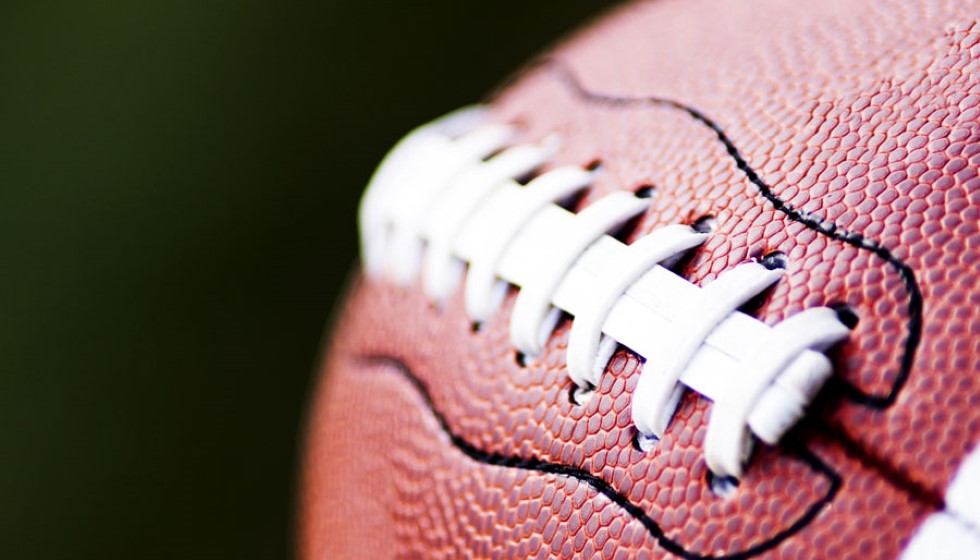
The National Football League (NFL) continues to push forward with player safety innovations, and this offseason has seen the introduction of the guardian caps, an optional addition to players' helmets during games. These new caps are designed with a padded, soft-shell layer meant to absorb impact and reduce the risk and severity of concussions, a project born out of the league's emphasis on concussion protocol and player welfare.
According to studies conducted over the last two seasons, guardian caps have shown promising results. The research indicates a notable decrease in concussion numbers, with the severity of player impact reduced by 10% when a guardian cap is worn. Even more encouraging, if both players involved in a collision are wearing the caps, the impact reduction could jump to at least 20%.
A Step Towards Safety
The NFL's proactive stance on player safety has been a notable trend in recent years, with guardian caps being the latest manifestation of these efforts. To make the new gear more appealing to players and fans alike, the league has introduced a "helmet pinney" adorned with the team's logo and colors. This move ensures that team spirit and uniform aesthetics are maintained even with the new safety equipment.
Mixed Reactions from Players
Despite the clear benefits outlined by the studies, not all players are on board with the new safety gear. Philadelphia Eagles' cornerback Darius Slay has been vocal about his disdain for the guardian caps. "Oh I can't stand them. It impact my swag," Slay stated emphatically. He further elaborated, "My game is part of my swag. If I ain't looking the part, I can't feel the part. They have me looking very ugly out there with that big ol' cap on the head." The aesthetics of the caps seem to be a significant sticking point for Slay, who places high value on his on-field appearance.
Slay's reluctance is not just about personal style, as he expressed hope that the caps wouldn't become a mandatory fixture in the league. "I hope not, because they show our swag will be ugly," he added candidly. However, he did acknowledge the primary intention behind the equipment. "They are for our safety, so if they wear them for safety that's cool. I'm sure I'll clown them," Slay commented, hinting at a begrudging acceptance if the caps prove to be important for player safety.
Balancing Safety and Tradition
The introduction of guardian caps is part of a broader movement within the NFL to enhance player safety without compromising the traditions and aesthetics that are integral to the sport. It's a delicate balance to strike, considering the game's intense contact nature and the athletes' desire to maintain their unique look and feel on the field.
While some players like Slay seriously question the impact of the guardian caps on their swag and overall game experience, others might find it easier to embrace the change, especially if it means fewer concussions and long-term health benefits. The adaptation period for any new equipment can vary widely among players, depending on their personal preferences and style.
As the season progresses, it will be interesting to observe how the usage of guardian caps evolves and whether their implementation will indeed lead to a significant reduction in concussion rates over a larger sample size. Aesthetics aside, player safety remains a priority that the NFL cannot afford to take lightly.
In conclusion, the guardian caps signify another step in the NFL's ongoing efforts to address the complex issue of concussions and player safety. While acceptance of this new gear may vary, the league's commitment to safeguarding its athletes' well-being is clear. Time will tell how these guardian caps, blending functionality with team-centric design elements, will be received by the broader player community and whether their use can become a norm on the football fields.